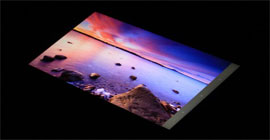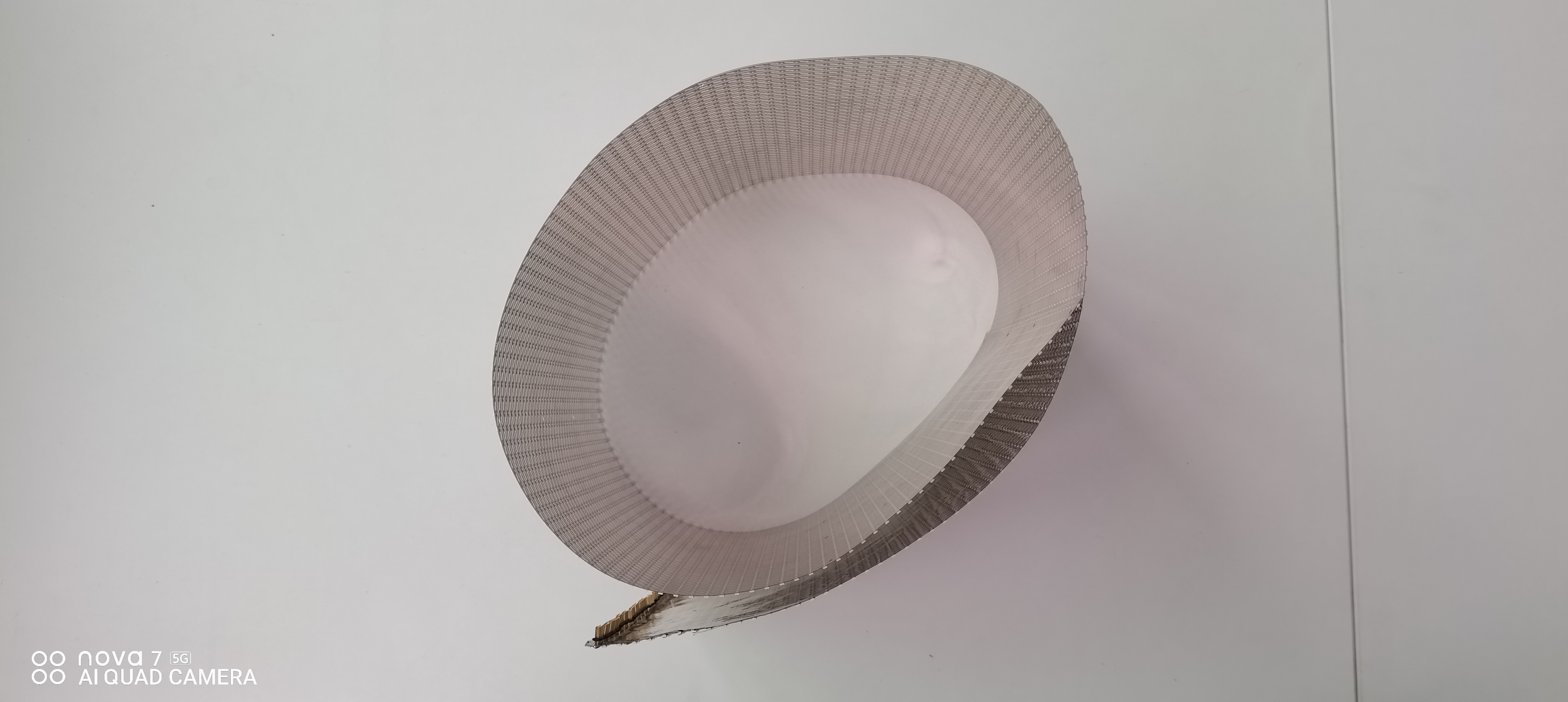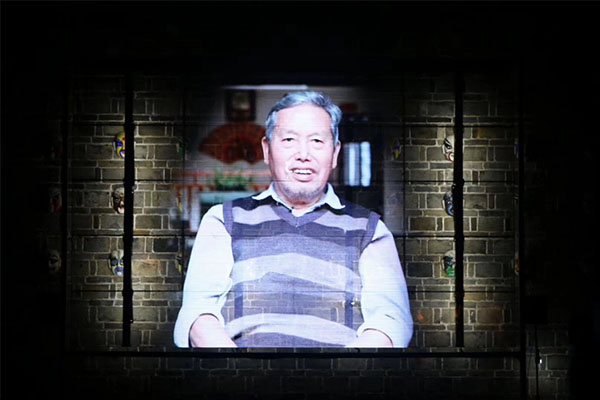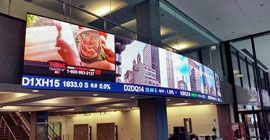The emergence of digital signboards has provided numerous businesses with excellent tools. In the selection of display devices, the current competition is mainly between LCD and LED display, both of which have their own unique features in the retail environment. LCD offers the richest choice of options from 20 to 100 inches, and can be spliced to achieve a larger area. LED is the ideal choice for large size, typical products over 100 inches. LED screen size can be unlimited expansion, and there is no seam, its most impressive feature for the retail industry is its glare brightness function, which is very useful for large video wall continuous viewing.
Since LCD and LED have obvious advantages, cost of ownership has become an important measurement factor. LCD typically has a life span of 30,000 to 60,000 hours, or 3.4 to 6.8 years, requiring less initial investment. However, the current entry-level LED may be 20% cheaper than the entry-level commercial LCD. High-end LED screens require higher initial investment, but have a life span of 80,000 to 100,000 hours, or 9 to 11.4 years. LED full-screen image and color consistency is better, and can provide the contrast and brightness required for indoor and outdoor.
Express encountered this choice when building new flagship stores in San Francisco Union Square and Times Square in New York City. Union Square storefront covers an area of 15726 square feet and has a modern design. The cashier uses a 4mm high resolution LED display to strengthen the brand. The reason for choosing the LED screen is that the project needs to cover 121.52 square feet of surface area without seams.
New York City stores use a 2.5mm high-resolution indoor LED display, because Express wants to find a solution that can enhance brightness and vitality, without baffles and seams. It seamlessly integrated into the retail environment, enriching the store experience. The transition from static to
digital signboards creates a vibrant shopping experience for Express.
Various reasons make LED worthy of attention. First, it can create unique shapes. Second, under the same brightness, the typical energy efficiency of LED is 30% higher than that of LCD, which reduces energy consumption and electricity consumption, and the reduction of electricity consumption also brings lower calorific value, thus reducing the refrigeration cost. In addition, from a maintenance point of view, any minor technical failure requires the dismantling of the display module, while the LED provides greater flexibility, its units can be independently repaired or replaced without the need to replace functional components.
Considering the long service life, reducing energy consumption and cooling costs, the balance between LCD and LED is high-definition resolution, which is very suitable for large display screens, especially for long viewing distance in stores, and will continue to improve in the future. In order to achieve close viewing, UHD LED screens also provide additional functions, including enhanced brightness and contrast, reduced glare, arc and unique shape, and modular maintenance capabilities. When considering the real use cost of the whole product life cycle, the current price of LED screen can reach or exceed the affordability of LCD screen of the same size, making it more investment value in the retail field.





